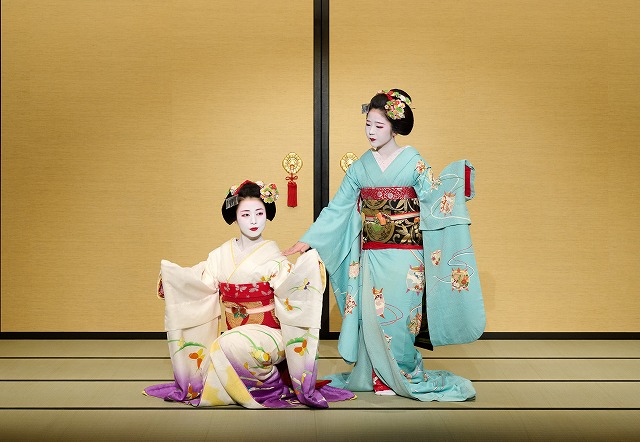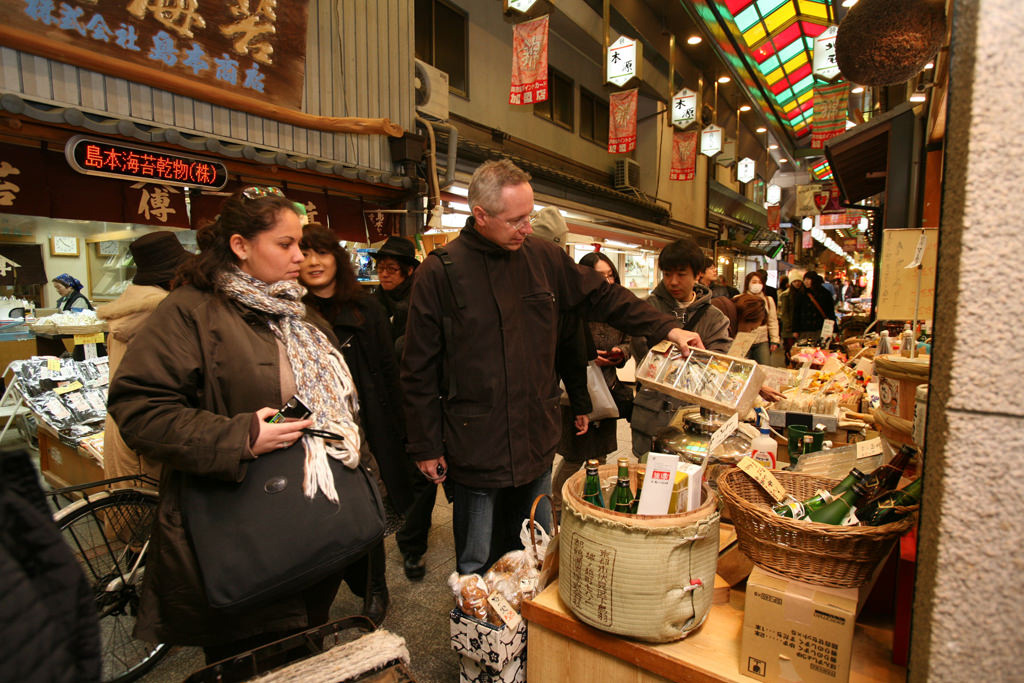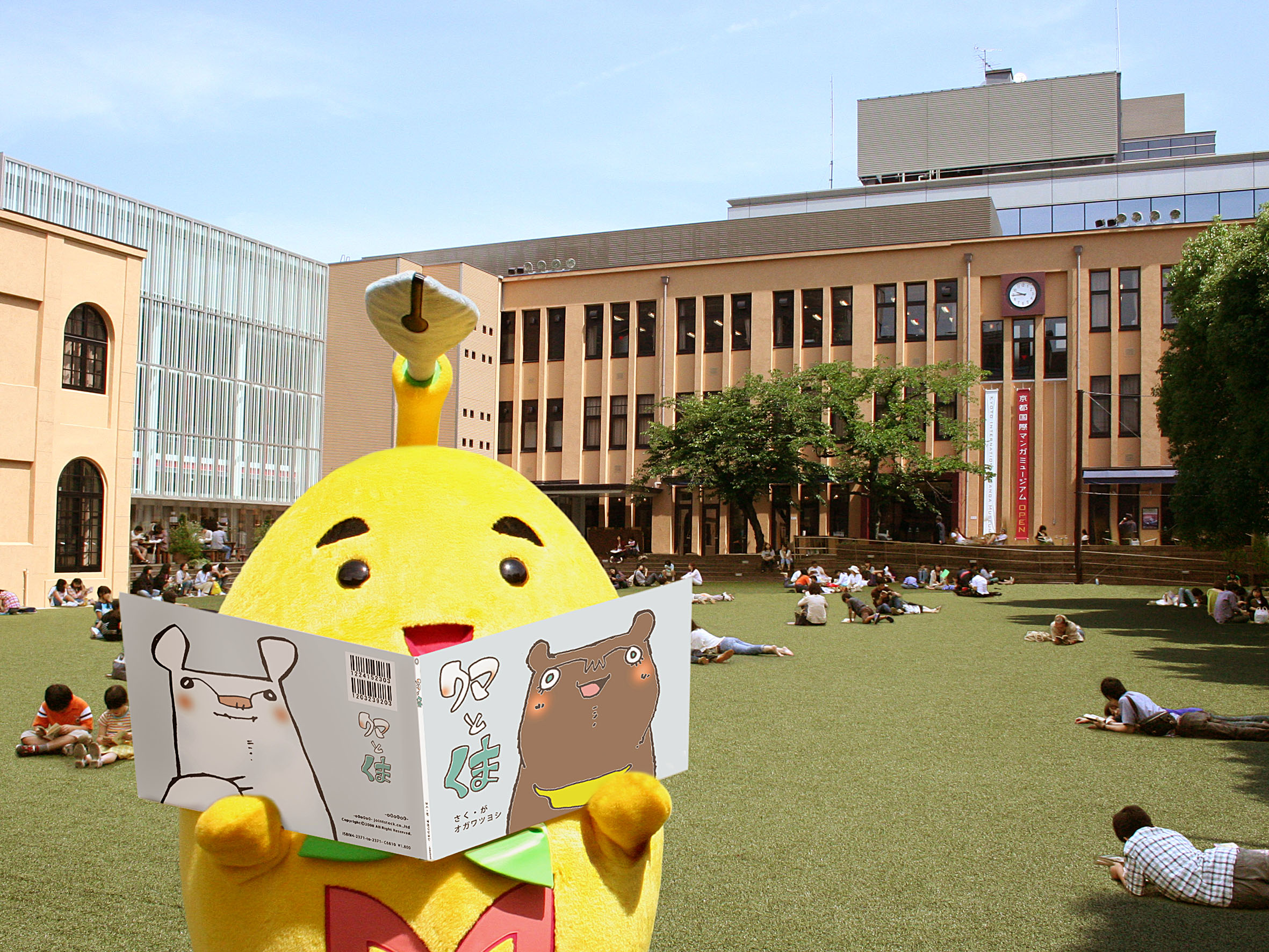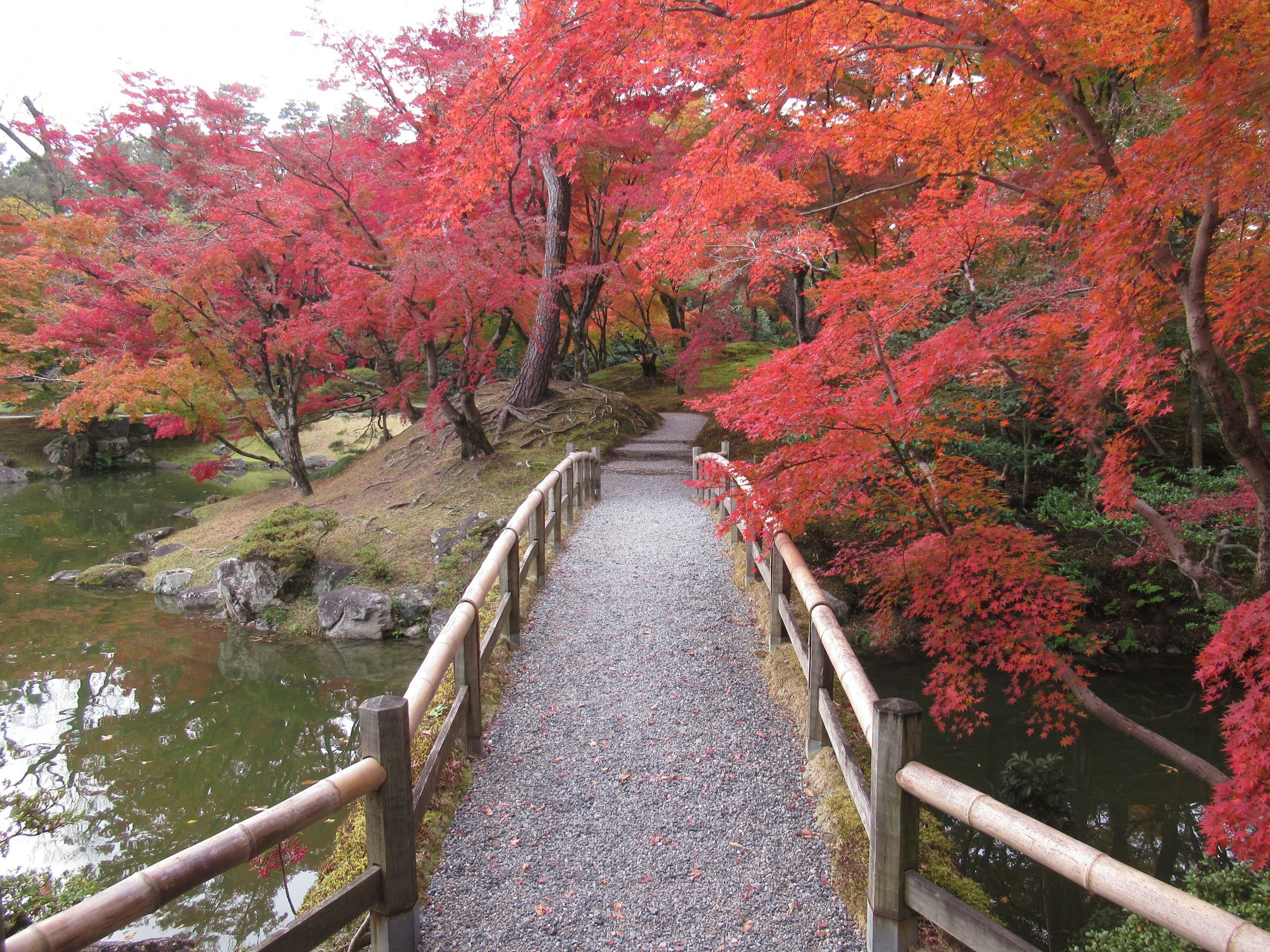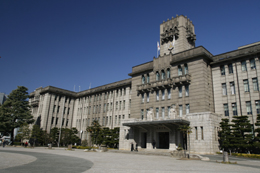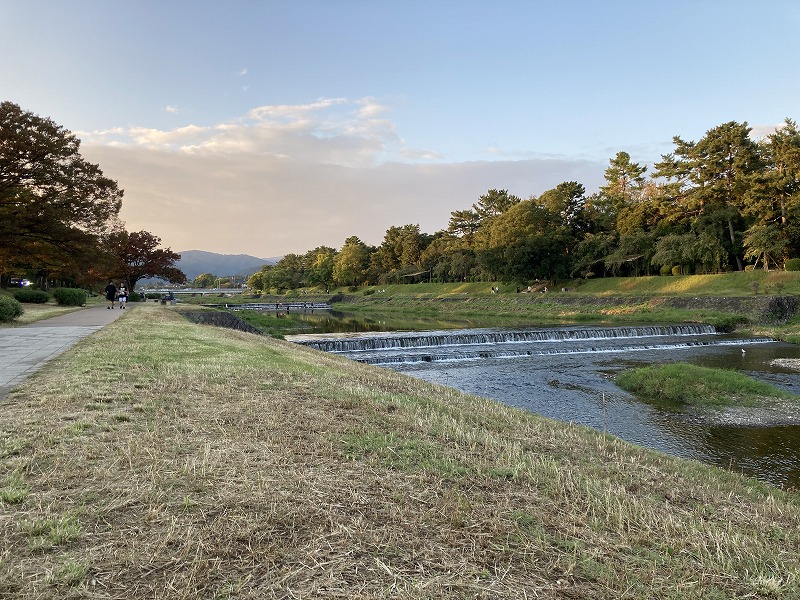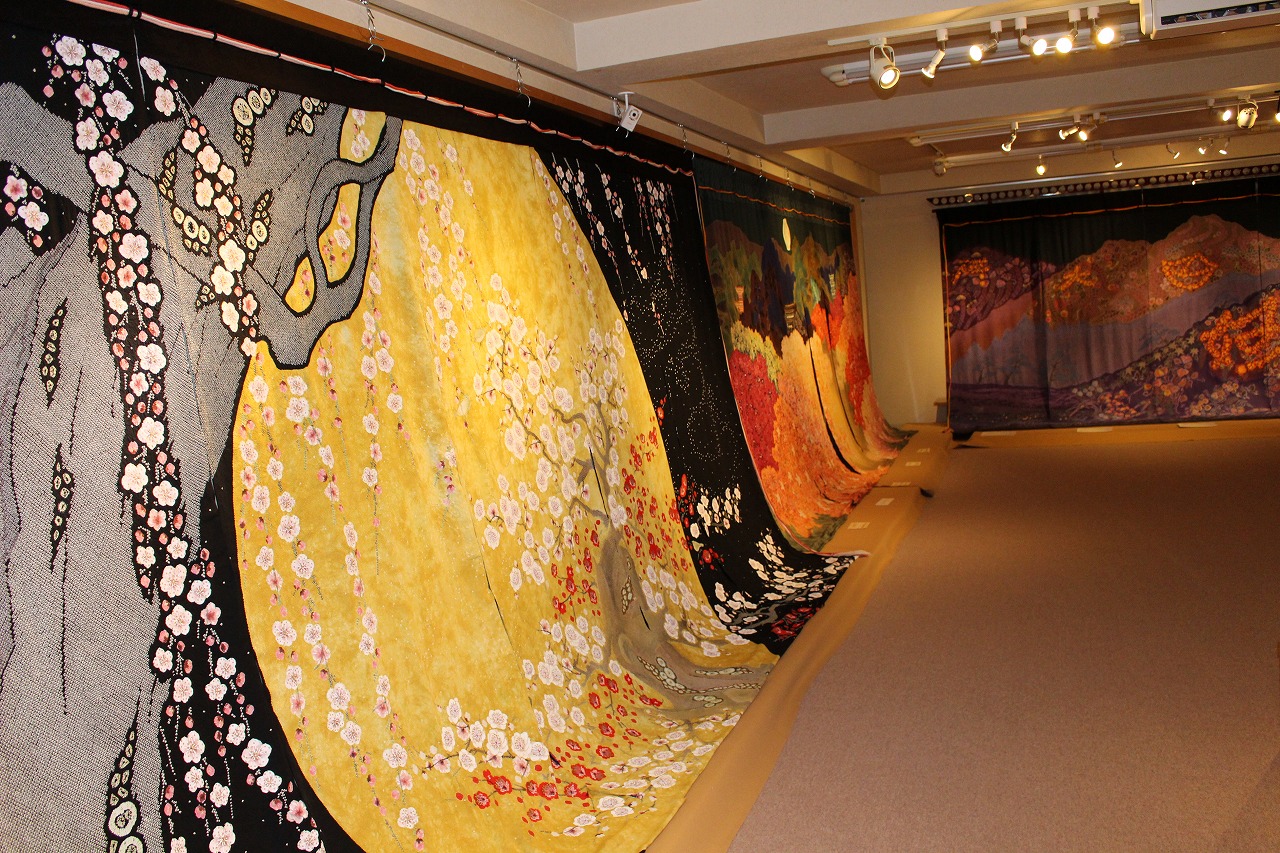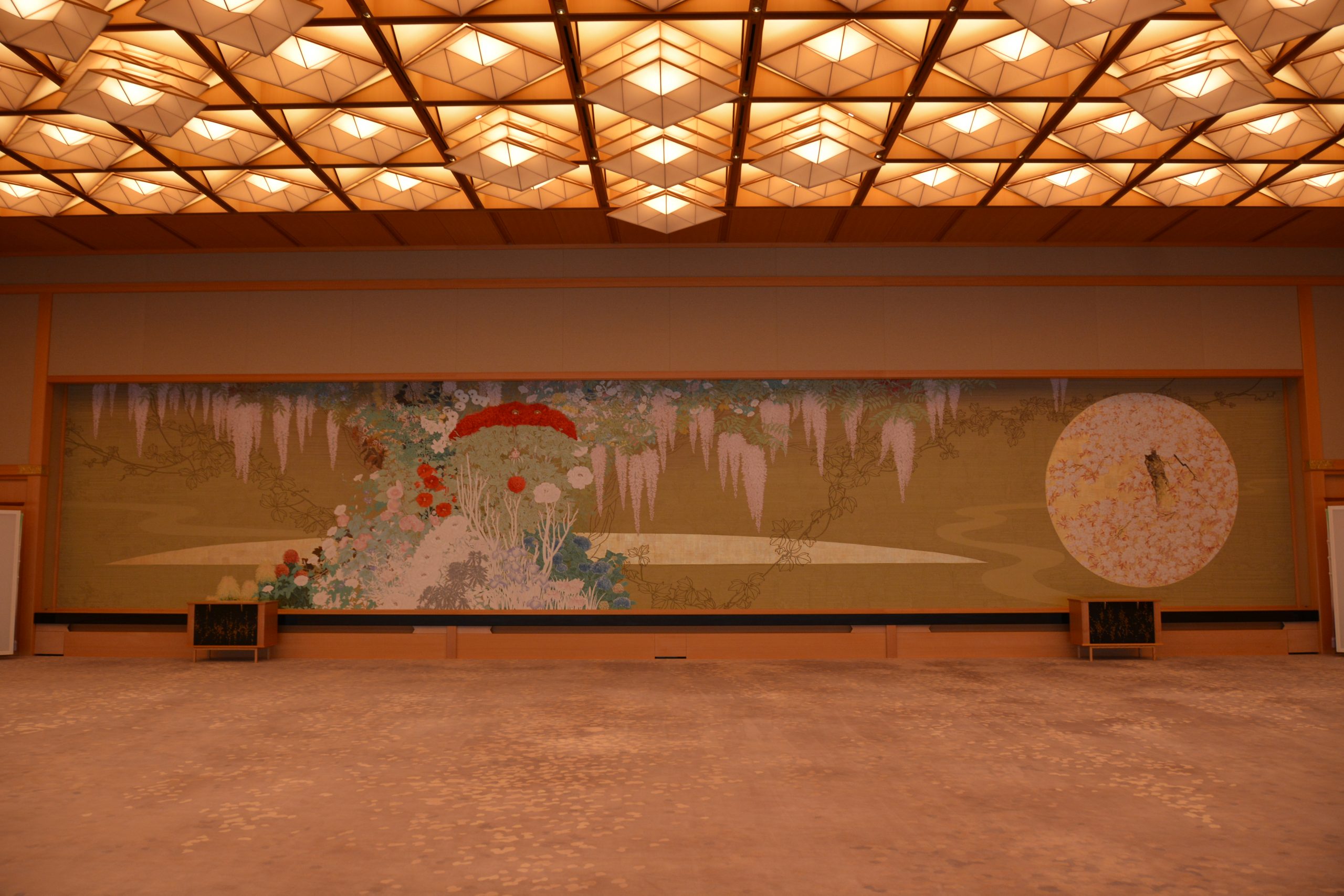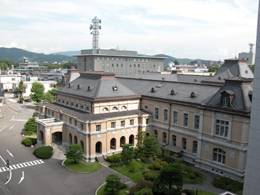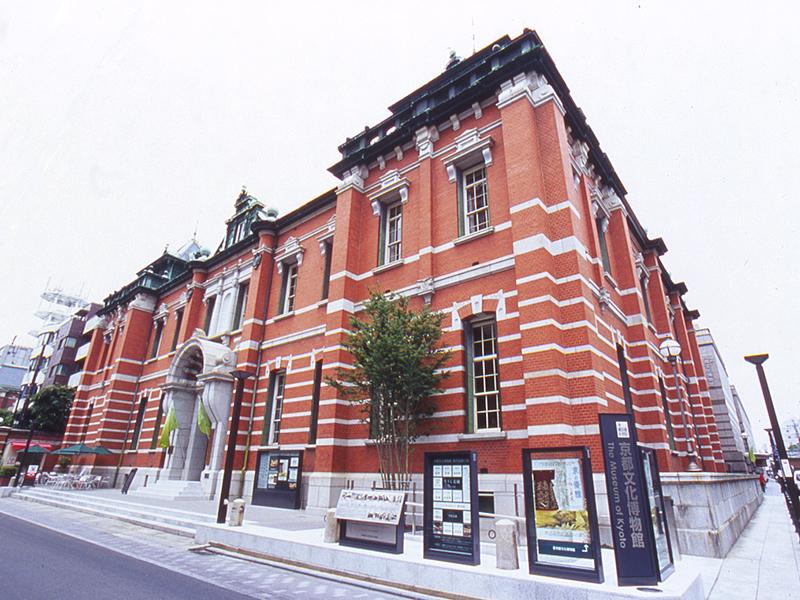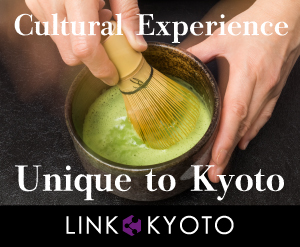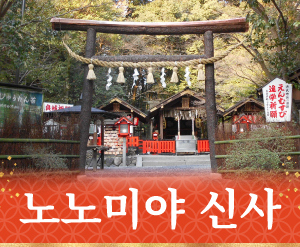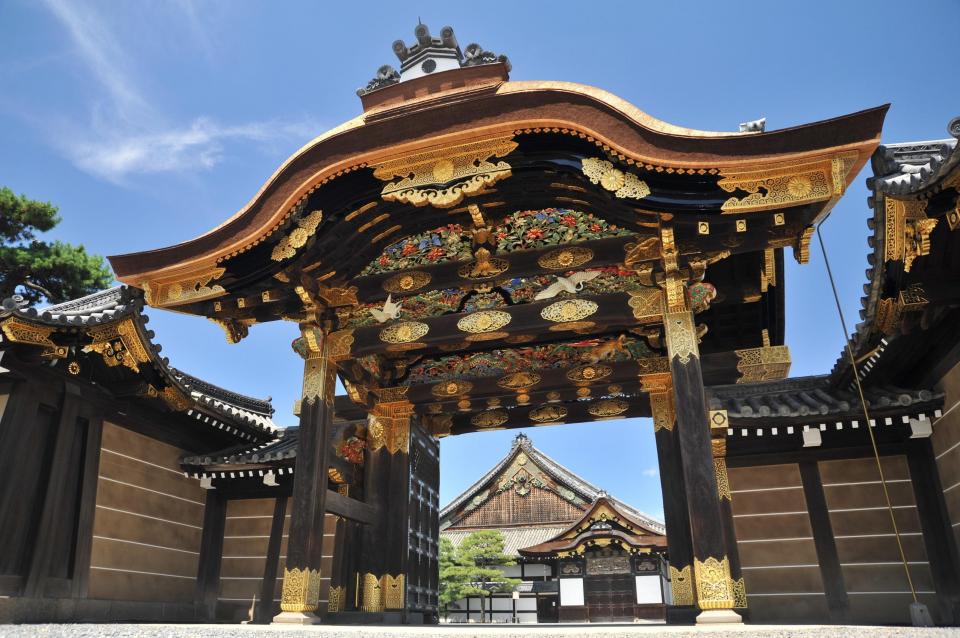
이 성의 화려한 스타일은 쇼군 도쿠가와 이에야스(1542-1616)의 위신을 보여주기 위한 것이었습니다.
니조성은 1603년부터 1868년까지 260년 넘게 일본을 통치했던 도쿠가와 쇼군의 거처였으며, 그들의 권력을 웅변적으로 보여주는 곳입니다. 넓은 해자, 육중한 돌담, 그리고 묵직하면서도 정교한 문은 여전히 인상적이며, 주민들이 권력을 굳건히 장악하고 있던 시기에 필요하다고 느꼈던 유일한 방어 시설이었습니다. 넓은 부지에는 여러 개의 아름다운 정원과 매화나무와 벚나무 숲이 있습니다. 궁궐 건물 자체도 위풍당당하지만, 자세히 살펴보면 장식적인 디테일이 풍부합니다.
궁궐 내부에는 일본 미술의 걸작들이 여러 점 있는데, 특히 본채의 채색 병풍이 유명합니다. 이 방에서 쇼군은 다이묘(고위급 군벌 겸 행정관)를 만나 접견을 요청했습니다. 병풍은 가노파 화가들이 그린 것으로, 풍부한 색채와 다량의 금박을 사용하여 꽃, 나무, 새, 호랑이를 묘사했습니다. 이 병풍은 사람들에게 깊은 인상을 주기 위한 것이었습니다. 궁궐에는 또한 유명한 "나이팅게일 마루"가 있는데, 밟으면 삐걱거리는 소리가 나 경비병에게 침입자를 알리도록 설계되었습니다.
당신이 거기에 있는 동안, 가입하세요 니조성 공식 영어 가이드 투어!
기본 정보
- 주소 : 교토시 나카교구 니조도리 호리카와니시이루 니조조초 541
- 웹사이트 : 여기를 클릭하세요
- 입장 : 니조성으로의 편안한 접근성
